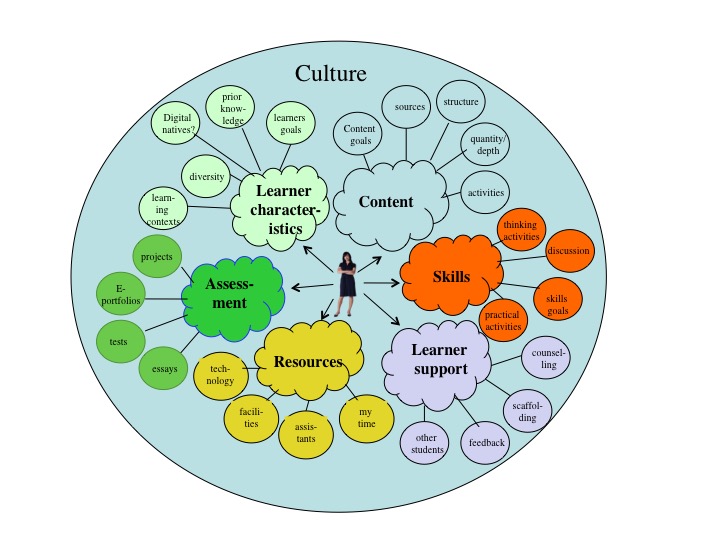Appendix 1: Building an effective learning environment
A.2 What is a learning environment?
A.2.1 Definition
‘Learning environment refers to the diverse physical locations, contexts, and cultures in which students learn. Since students may learn in a wide variety of settings, such as outside-of-school locations and outdoor environments, the term is often used as a more accurate or preferred alternative to classroom, which has more limited and traditional connotations—a room with rows of desks and a chalkboard, for example.
The term also encompasses the culture of a school or class—its presiding ethos and characteristics, including how individuals interact with and treat one another—as well as the ways in which teachers may organize an educational setting to facilitate learning…..’
The Glossary of Educational Reform, 29 August, 2014
This definition recognises that students learn in many different ways in very different contexts. Since learners must do the learning, the aim is to create a total environment for learning that optimises the ability of students to learn. There is of course no single optimum learning environment. There is an infinite number of possible learning environments, which is what makes teaching so interesting.
A.2.2 Components of an effective learning environment
Developing a total learning environment for students in a particular course or program is probably the most creative part of teaching. While there is a tendency to focus on either physical institutional learning environments (such as classrooms, lecture theatres and labs), or on the technologies used to to create online personal learning environments (PLEs), learning environments are broader than just these physical components. They will also include:
- the characteristics of the learners;
- the goals for teaching and learning;
- the activities that will best support learning;
- the assessment strategies that will best measure and drive learning
- the culture that infuses the learning environment.

Figure A.2.2 illustrates one possible learning environment from the perspective of a teacher or instructor. A teacher may have little or no control over some components, such as learner characteristics or resources, but may have full control over other components such as choice of content and how learners will be supported. Within each of the main components there are a set of sub-components that will need to be considered. In fact, it is in the sub-components (content structure, practical activities, feedback, use of technology, assessment methods, and so on) where the real decisions need to be made.
I have listed just a few components in Figure A.2.2 and the set is not meant to be comprehensive. For instance it could have included other components, such as developing ethical behaviour, institutional factors, or external accreditation, each of which might also affect the learning environment in which a teacher or instructor has to work. Creating a model of a learning environment then is a heuristic device that aims to provide a comprehensive view of the whole teaching context for a particular course or program, by a particular instructor or teacher with a particular view of learning. Once again, the choice of components and their perceived importance will be driven to some extent by personal epistemologies and beliefs about knowledge, learning and teaching methods.
Lastly, I have deliberately suggested a learning environment from the perspective of a teacher, as the teacher has the main responsibility for creating an appropriate learning environment, but it is also important to consider learning environments from the learners’ perspectives. Indeed, adult or mature learners are capable of creating their own, personal, relatively autonomous learning environments.
The significant point is that it is important to identify those components that need to be considered in teaching a course or program, and in particular that there are other components besides content or curriculum. Each of the key components of the learning environment I have chosen as an example are discussed briefly in the following sections, with a focus on the components of a learning environment that are particularly relevant for a digital age.
Activity A.2 Influencing a learning environment
- Why do you think I focused on learning environments from a teacher’s perspective rather than a learner’s perspective?
- In order to create the learning environment for HIST 305 in Scenario E, Ralph Goodyear carefully considered the learning environment he wanted to create and ones he had little or no control over. What components do you think he had little or no control over?
- What would you add (or remove) from the learning environment in Figure A.2.2?
- Figure A.2.2 focuses on a learning environment from a teacher’ perspective. Could you design a similar model of a learning environment from the perspective of a learner? What would be the main differences?
- Does thinking about the whole learning environment overly complicate the teaching endeavour? Why not just get on with it?

